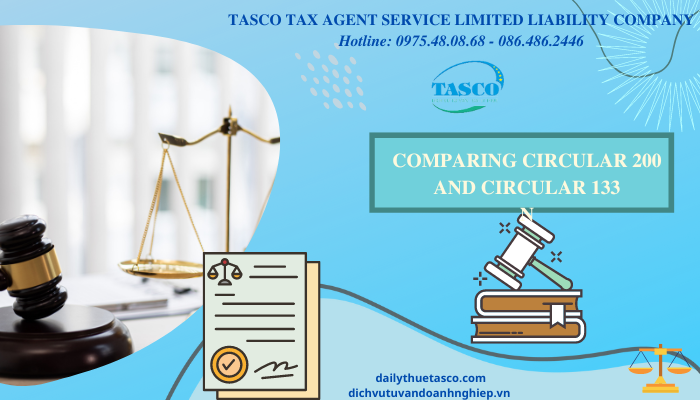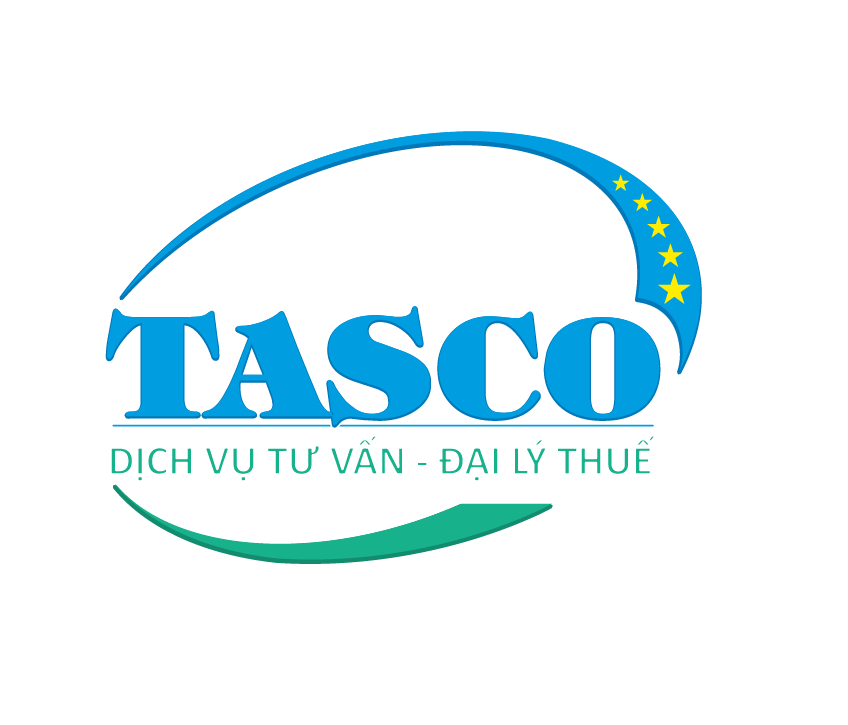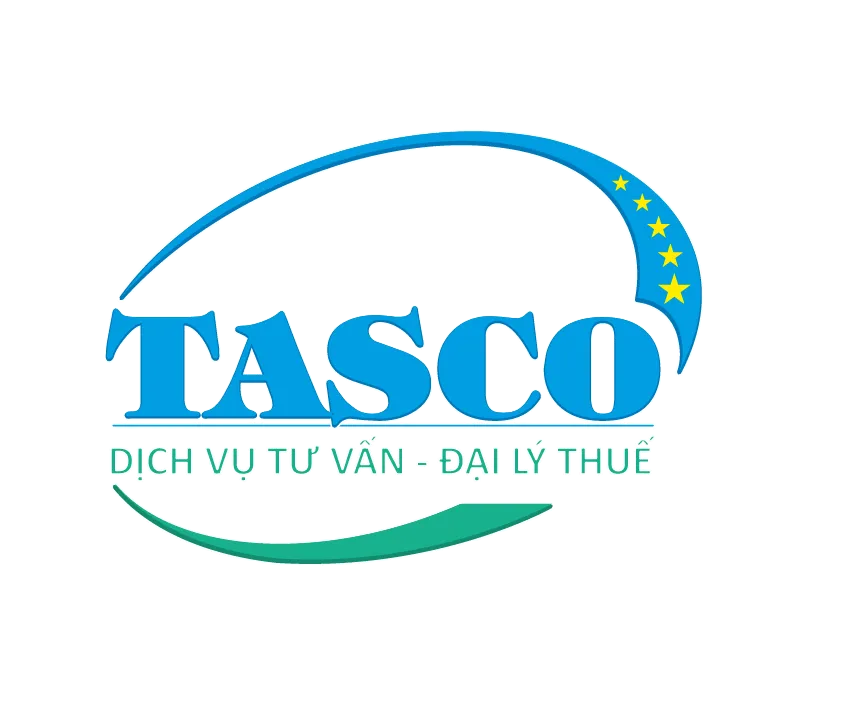Compare Circular 200 and Circular 133
- 28/07/2022 17:06
1. What are Circular 200 and Circular 133?
🔅 Circular 200 and Circular 133 are two circulars guiding the corporate accounting regime issued by the Ministry of Finance. In there:
◾ Circular 200/2014/TT-BTC guiding the corporate accounting regime to be used as an alternative to the corporate accounting system under Decision 15/2016/QD-BTC and Circular 244/2009
◾ Circular 133/2016/TT-BTC guiding the accounting regime for small and medium enterprises to be used instead of Decision 48/2006/QD-BTC
🔅 In addition, there is TT53/2016/TT-BTC to amend and supplement a number of articles in Circular 200 issued in 2014.
2. Similarities between Circular 200 and Circular 133:
⏩ Circular guiding the accounting regime of enterprises: Circular 200 and Circular 133 are two circulars guiding the enterprise accounting regime issued by the Ministry of Finance. In, small and medium enterprises can apply Circulars 200 and 133 when performing accounting operations.
⏩ Principles of application: Enterprises, especially small and medium-sized enterprises, can apply Circular 200 or Circular 133 to suit their business, but it is certain that there should be consistent application throughout the financial year. and report to the tax authority managing the enterprise; avoid the situation that this section applies Circular 200, while the other section applies Circular 133.
⏩ Documents and accounting books: In Circular 200 and Circular 133, enterprises are allowed to design forms of accounting vouchers and accounting books on their own initiative based on the requirements of the Law on Accounting and need to ensure transparency and accuracy. precise and synchronous.
|
Information |
Circular 200 |
Circular 133 |
|
Subjects of application |
✔ For all businesses |
✔ Only for small and medium businesses |
|
System of accounts and records |
✔ There are detailed accounting instructions for major economic transactions |
✔ There are no guiding entries, so businesses must be able to apply the accounting principle to record. |
|
Financial statements |
✔ Balance Sheet (Statement of Financial Statement) ✔ P&L ✔ Financial statement footnotes ✔ Cash Flow Report
|
✔ Balance Sheet (Statement of Financial Statement) ✔ P&L ✔ Financial statement footnotes ✔ Account balance report. |
4. Detailed comparison of Circular 200 and Circular 133:
4.1. Compare account system:
|
Category |
Circular 200 |
Circular 133 |
|
Gold, currency |
✔ Account 1113 ✔ Account 1123 |
✔ Small and medium enterprises do not use gold to store value. |
|
Mortgage, collaterals, deposit |
✔ Account 244
|
✔ Account 1386 |
|
Other payables: Unemployment insurance |
✔ Account 3386 |
✔ Account 3385 |
|
Deposits received |
✔ Account 334 |
✔ Account 3386 |
|
Equitization must be paid back |
✔ Account 3385 |
✔ None |
|
Foreign exchange differences |
✔ Enterprises with 100% state capital can have a balance at the end of the period |
✔ No ending balance |
|
Equity funds |
✔ Account 414, 417,441,461,466 |
✔ Account 418 |
|
Selling expenses |
✔ Account 641 |
✔ Account 6421 |
|
Administration expenses |
✔ Account 642 |
✔ Account 6422 |
|
Revenue deductions |
✔ Account 521 |
✔ Debit account 511 |
4.2. Compare financial statements:
|
Information |
Circular 200 |
Circular 133 |
|
System of annual financial statements with enterprises operating continuously |
✔ Mandatory report: Financial situation report; P&L; The notes to the financial statements; Account balance sheet ✔ Optional Reporting: Cash Flow Statement ✔ For micro-enterprises, the financial reporting system includes: Report on the financial situation; P&L; Explanation of financial statements |
✔ Balance Sheet ✔ P&L (form B02 - DN) ✔ Cash Flow Report ✔ Notes to financial statements |
|
The annual financial statement system for enterprises does not work continuously |
✔ Mandatory report: Financial situation report; P&L; Notes to financial statements ✔ Optional Reporting: Cash Flow Statement |
✔ Balance Sheet ✔ Report on business performance ✔ Cash Flow Report ✔ Notes to financial statement |
|
Mid-year financial statements |
✔ No regulation
|
✔ Clear regulations with summary and complete forms to make quarterly (including fourth quarter) and semi-annual financial statements |
|
Location to submit financial statements |
✔ Do not send reports to: ➥ Superior enterprise ➥ Financial Institutions – To be sent only to the following places: ➥ Tax Administration + Statistical Office ➥ Business Registration Authority ➥ Management board of export processing zones, industrial parks, and high-tech zones (if required) |
✔ Superior enterprises ✔ Financial agency ✔ Tax Administration ✔ Statistical Office ✔ Business Registration Authority ✔ Management board of export processing zones, industrial parks, and high-tech zones (if required) |
⇒ Register here for TASCO's earliest advice or contact hotline: 0975480868 (Zalo)
TASCO – THE HIGHEST RESPONSIBLE TAX AGENT OF EVERY SERVICE
Hotline: 0854862446 - 0975480868 (zalo)
Website: https://dailythuetasco.com or https://dichvutuvandoanhnghiep.vn
Email: lienhe.dailythuetasco@gmail.com
Address: 103/15 Nguyen Thi Thap, Tan Phu Ward, District 7, HCMC
Fanpage: https://www.facebook.com/DAILYTHUETASCO
TASCO - GIVE TRUST- GET VALUE






Comment
main.comment_read_more